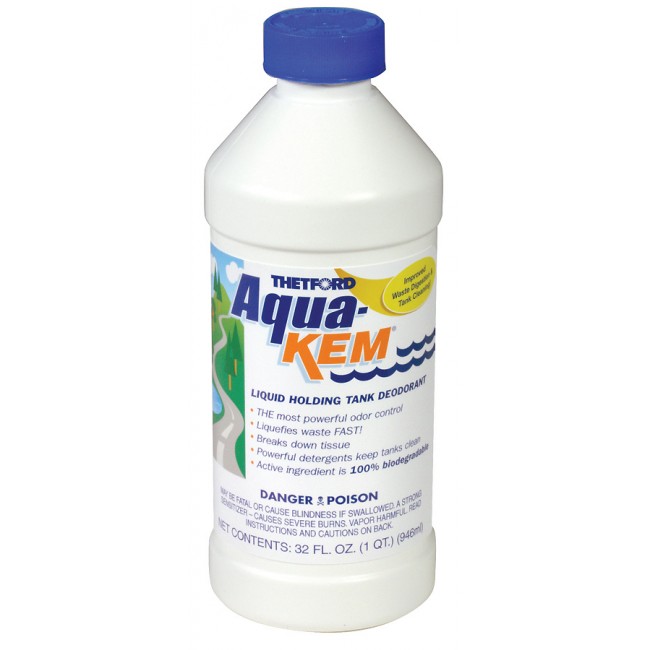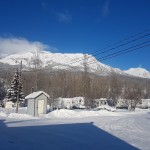If you own an RV you most likely know that when using a holding RV tank you need to treat it with a holding tank treatment and certain things such as weather with affect the effectiveness of the treatments. However many have wondered why there are so many treatments and which one is right for them so we thought we’d narrow it down for you!
Formaldehyde Based Tank Treatments: $
 Formaldehyde based tank treatments are the original tank treatments. These treatments combine formaldehyde, methyl alcohol and coloring to mask odors in holding tanks and kill bacteria. The issue with formaldehyde based products is the environmental harm that they may cause and therefor they are banned in some places.
Formaldehyde based tank treatments are the original tank treatments. These treatments combine formaldehyde, methyl alcohol and coloring to mask odors in holding tanks and kill bacteria. The issue with formaldehyde based products is the environmental harm that they may cause and therefor they are banned in some places.
 Chemical Based Tank Treatments: $$$
Chemical Based Tank Treatments: $$$Chemical based tank treatments are very aggressive in breaking down organics. Unfortunately while breaking down tank odor they release gases and form what is called struvites in the tank and lines. The odor from the gases is quickly cover up by a deodorant, but the stuvites formed remain in the tank, lines, and even on the sensors. This can cause blockages when draining and/or misleading tank sensors. Chemical bases tank treatments are usually labeled natural as their ingredients can be found in the environment and can be used in most parks.
 Enzyme/Bacteria Based Tank Treatments: $
Enzyme/Bacteria Based Tank Treatments: $Enzyme/Bacteria based tank treatments use naturally occurring enzymes and/or bacteria to break down the solids in the tank and use some sort of deodorant to mask the tank odor. When the solids are broken down they create a sludge in the bottom of the tank similar to that of septic tank treatments. Enzyme/Bacteria based treatments are usually approved for grey water treatment and septic. These treatments work really well in tanks that are pumped out with septic trucks on regular bases. These treatments are usually recommended by parks with strict environmental precautions.
 Probiotic Tank Treatments: $$
Probiotic Tank Treatments: $$Probiotic tank treatments are effective in breaking down waste, controlling odor (even in high or low temperatures), killing germs, and being healthy for the tanks (black, grey & septic), humans and the environment all at the same time! Don’t be fooled by the higher cost on the bottle, as there are more treatments inside!
Grey Water Treatments: $$$
Grey water treatments are usually enzyme or probiotic based. They provide a fresh smell to the sink and lines, and dissolve grease and organic sludge. Most grey water tank treatments are biodegradable and formaldehyde-fee.
cost/treatment
$ = less than $1.00
$$ = less than $2.00
$$$ = less than $3.00
Lindsey Roberts
Snowy Peaks RV



 Formaldehyde based tank treatments are the original tank treatments. These treatments combine formaldehyde, methyl alcohol and coloring to mask odors in holding tanks and kill bacteria. The issue with formaldehyde based products is the environmental harm that they may cause and therefor they are banned in some places.
Formaldehyde based tank treatments are the original tank treatments. These treatments combine formaldehyde, methyl alcohol and coloring to mask odors in holding tanks and kill bacteria. The issue with formaldehyde based products is the environmental harm that they may cause and therefor they are banned in some places.




